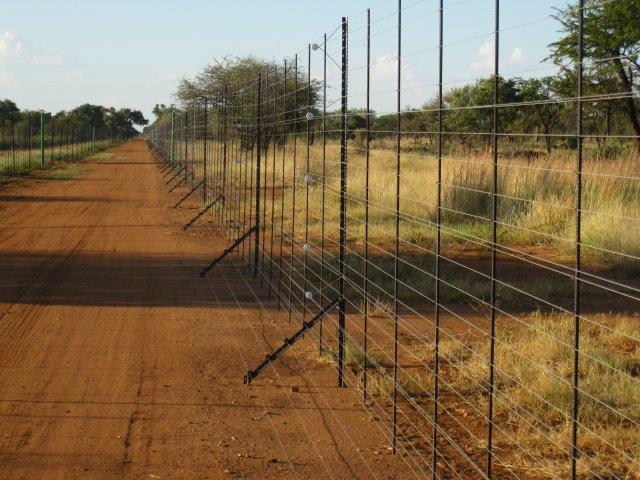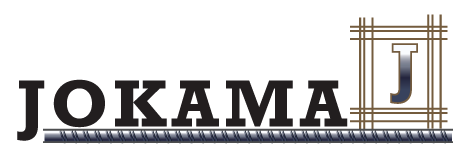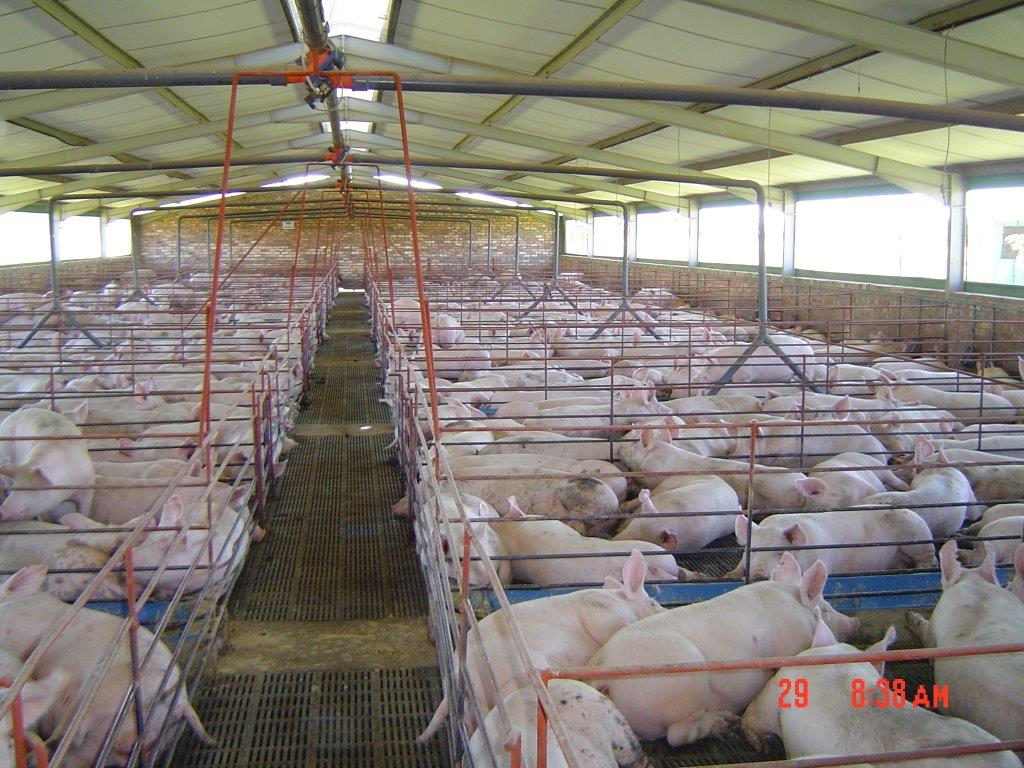Breeding Camps
The following fence-crossing groups can be distinguished:
- Animals that jump over fences: Kudu, Impala, Mountain Reedbuck, Grey Reedbuck, Eland and Waterbuck.
- Animals that crawl underneath or through fences : Ungulates like Warthog, Bush pig, Duiker, Steenbok, Klipspringer, Gemsbok, Springbok, Sable Antelope, Red Hartebeest and Tsessebe, and the predators such as Jackals, Caracal, Cheetah, Leopard and Lion.
- Animals that break fences: Buffalo, Rhino’s, Giraffe’s, Waterbuck, Eland, Blue Wildebeest and Sable antelope bulls.
- Animals that usually do not jump over fences: Springbok, Blesbok, Steenbok, Duiker and Oribi.
Jokama Steel & Fencing provides different options of breeding camps
30 STRANDS STEEL WIRE
This fence consists of 30 strands smooth steel wire. The horizontal wires are spaced closed together in order to prevent Jackals from entering your fence.
21 STANDS STEEL WIRE WITH NETTING WIRE
This conventional game fence consists of 21 strands of steel wire. Netting wire are added to the bottom part of the fence, to make it Jackal proof.
Different heights off netting wire are available:
- 900 millimetre
- 1200 millimetre
- 1500 millimetre
- 1800 millimetre
The netting wire are folded over the bottom part off the fence, until it touches the ground.
Jokama Steel and Fencing recommends adequate electrification, with tripwires (preventing Warthogs from borrowing under the fence) to make it 100% predator free.
Y-standards are spaced at 10 metre intervals and Droppers can be spaced from 500 millimetre to 1,43 metre.











